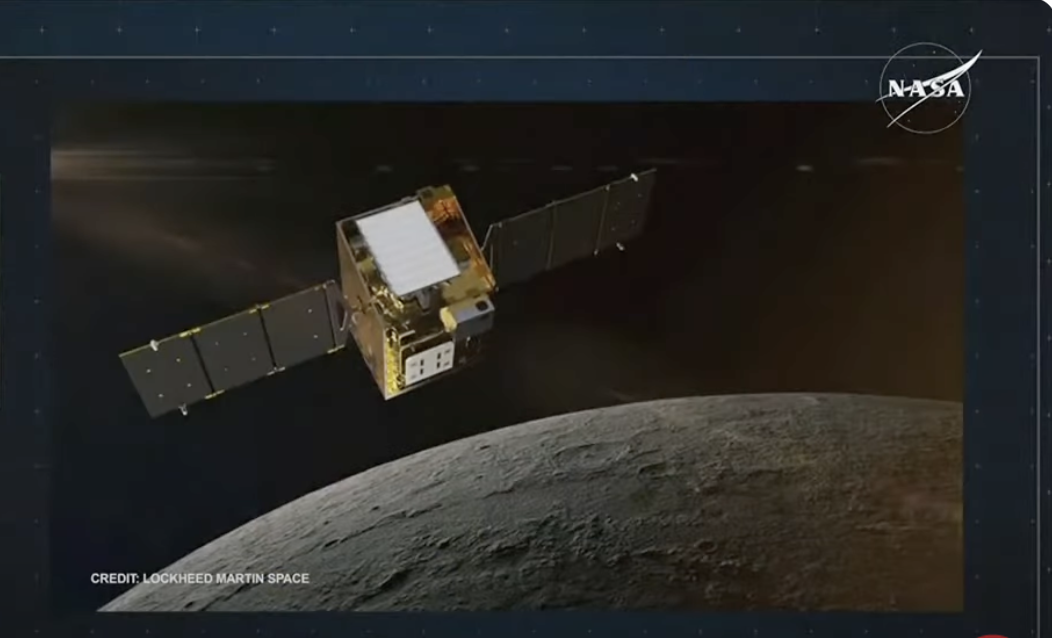On Wednesday NASA launched the Lunar Trailblazer satellite from Cape Canaveral, designed to pinpoint where water is on the lunar surface, particularly in permanently shadowed craters at the poles. The satellite, about the size of a dishwasher and built by Lockheed Martin, was transported into space by a SpaceX Falcon 9 rocket. Although the Moon is generally considered arid, previous studies have found evidence of water even in sunlit areas. Lunar Trailblazer will map these resources, critical for future lunar missions, potentially providing drinking water, breathable oxygen and hydrogen for rocket fuel.
The mission is managed by NASA’s Jet Propulsion Laboratory JPL while the scientific investigation is led by Caltech, which manages JPL for NASA. In more detail, as stated on the official JPL NASA website, “while it is known that water exists on the lunar surface, little is known about its form, abundance, or distribution. Water may be locked within rock and regolith-broken rock and dust, or it may collect as surface water ice within the Moon’s permanently shadowed craters. In cold shadows, water molecules can also settle for short periods as frost: when the Sun moves across the sky during the lunar day, the shadows move, mixing these water molecules in the Moon’s exosphere and moving them to other cold places where they can settle once again as a frost.”
Based on these initial assumptions, the satellite equipped with sophisticated, state-of-the-art instrumentation such as the High Resolution Moon Mapper Volatiles and Minerals (HVM3), an imaging spectrometer developed by JPL that is sensitive to the thermal properties of different forms of water, can detect and create high-resolution maps. This tool is critical as it will collect useful data for scientists who, by analyzing the images, will be able to succeed in locating any water forms.












